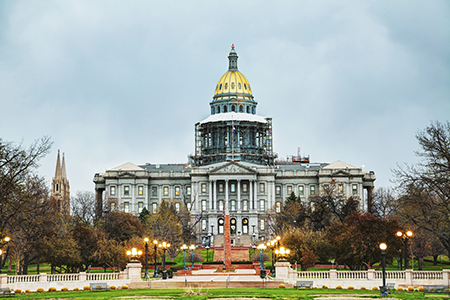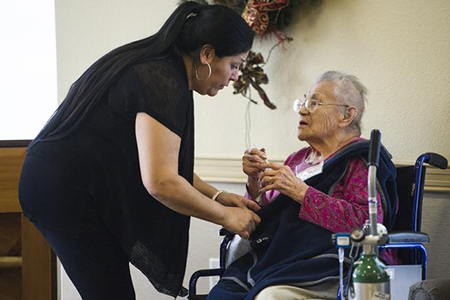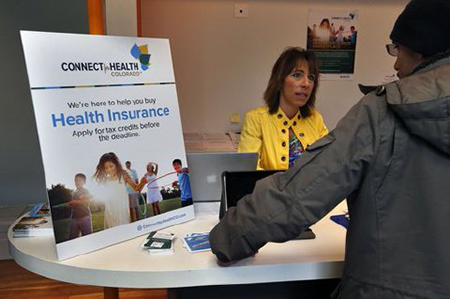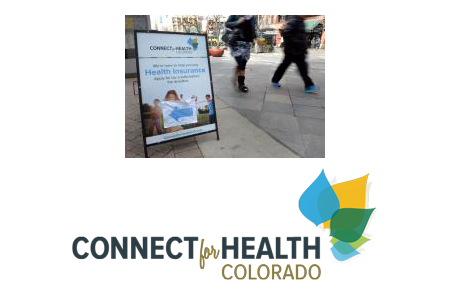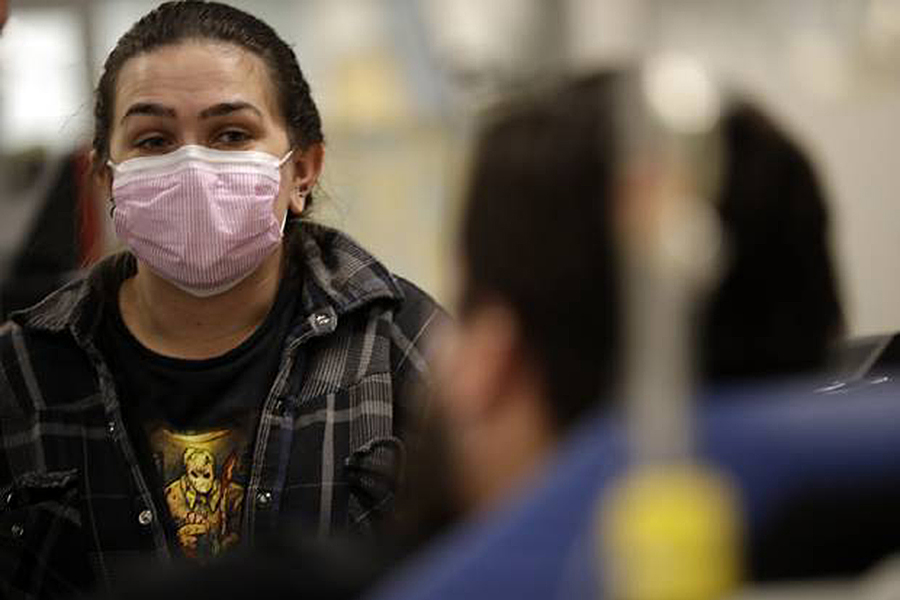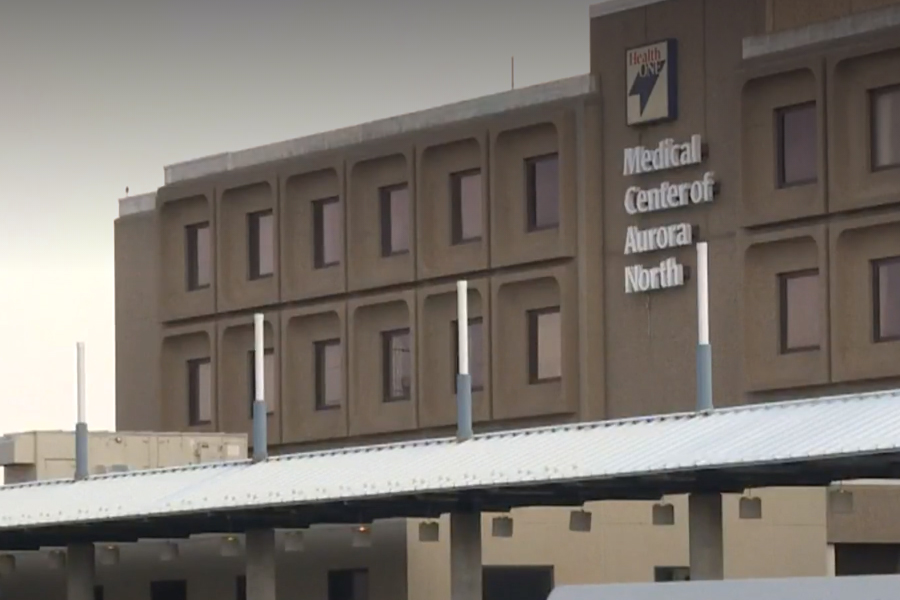Originally published by Kaiser Health News. Kaiser Health News (KHN) is a nonprofit national health policy news service.
Fifteen states are betting they can convince more doctors to accept the growing number of patients covered by Medicaid with a simple incentive: more money.
The Affordable Care Act gave states federal dollars to raise Medicaid reimbursement rates for primary care services—but only temporarily. The federal spigot ran dry on Jan. 1. Fearing that lowering the rates would exacerbate the shortage of primary care doctors willing to accept patients on Medicaid, the 15 states are dipping into their own coffers to continue to pay the doctors more.
It seems to be working.
In Indiana, which is spending about $40 million a year in state dollars to keep the higher reimbursement rate, an additional 335 doctors have started accepting Medicaid patients since the beginning of this year. So have more than 600 other medical providers, such as nurse practitioners and physician assistants.
“We’ve seen good results,” said Joe Moser, the state’s Medicaid director. “We are interested in seeing if the results continue, and we have every reason to think that it will.”
Colorado has had a similar experience. There the number of new providers participating in Medicaid is increasing by about 100 each month, according to Marc Williams, spokesman for the Department of Health Care Policy and Financing.






